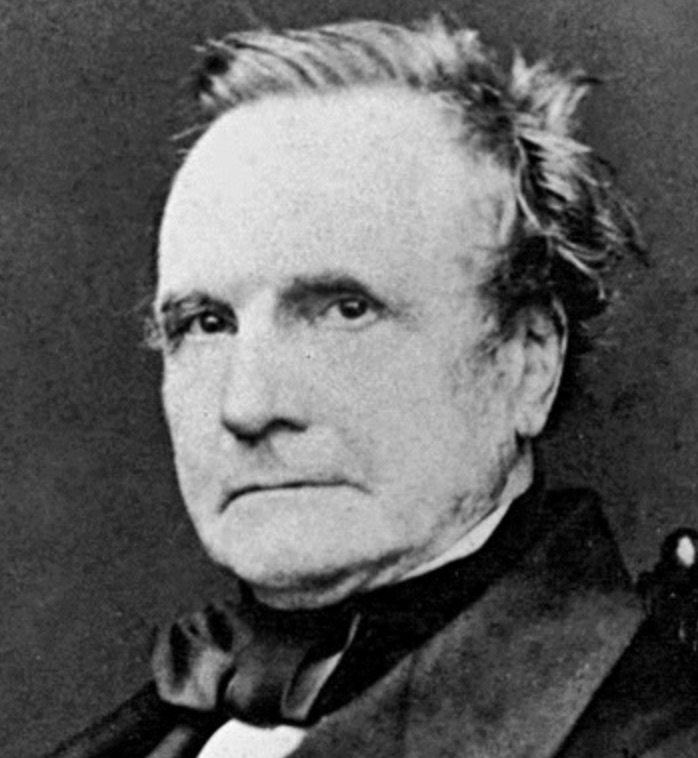
Charles Babbage was born on December 26, 1791, into a wealthy family in Teignmouth, Devonshire, England. Around age 8, he attended elementary school, but health issues prompted his withdrawal from school and his education was derived mostly from tutors until he was 16 years of age. At that time, he enrolled in Holmwood Academy where he acquired a passion for mathematics.
In October 1810, after completing his studies at Holmwood, he received tutoring in the Classics, gaining him entry to Trinity College, Cambridge. By this time, he had already mastered the works of Lagrange, Woodhouse and Maria Gäetana Agnesi, and found the mathematics curriculum at Trinity to be lacking in depth and out of touch with the more recent advances in that subject. In 1812, he and some colleagues founded the Analytical Society, a group formed to promote the use of Leibnizian calculus, that later became the basis for the modern calculus notation.
During this time, Babbage was outspoken in his criticism of the curriculum and focussed only on the subjects that he felt were of value. Consequently, when he graduated in 1814, his degree was not “with honors,” despite his recognition as a brilliant mathematician. In 1815, he delivered a lecture on astronomy to the Royal Institution and the following year was elected a Fellow of the Royal Society.
During the next dozen years, he applied unsuccessfully for a university post, including applications to Cambridge in 1820, 1823 and 1826, and was able to survive only with financial support from his father. In 1820, Charles Babbage founded the Royal Astronomical Society with the intention of streamlining and standardizing the procedures involved in performing computations. To this purpose, Charles designed the “Difference Engine,” a mechanical device of gears and wheels that would compute polynomial functions. Although this device was not manufactured, Babbage was awarded the gold medal of the Royal Astronomical Society in 1824 “for his invention of an engine for calculating mathematical and astronomical tables.”
Finally, in 1828, Charles Babbage was appointed as Lucasian Professor of Mathematics at Cambridge. During this time, Babbage extended his concept of the Difference Engine to a more theoretical design that became known as the Analytical Engine. This theoretical device anticipated the elements of the modern computer, with its inclusion of a memory and a logic unit that could perform arithmetic calculations, conditional branching, and loops. Since the technology of electrical logic circuits was not yet developed, the Analytical Engine could not be built, but its conception was sufficiently close to the modern computer to earn Babbage the designation, “father of the modern computer.” His associate, Ada Lovelace, wrote an algorithm for the Analytical Engine that would generate a sequence of Bernoulli numbers, and from that earned credit as “the first computer programmer.”
During his tenure at Cambridge, Babbage’s somewhat combative nature embroiled him in various disputes with colleagues and in 1839, he resigned his position. His father had died leaving a substantial estate that provided Charles with financial independence, enabling him to work without university responsibilities.
Throughout his career, Charles Babbage made contributions to many areas of mathematics including analysis, statistics, and cryptography. (During the Crimean War in the 1850s, he cracked Vigenère’s autokey cipher.) In 1839, he was offered a knighthood by the British government, but he declined, perhaps in protest over the cessation of the government funding of his Difference Engine. He died of kidney failure on October 18, 1871 at the age of 79.
